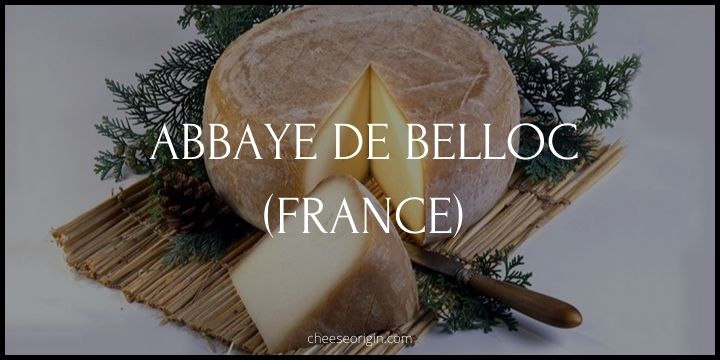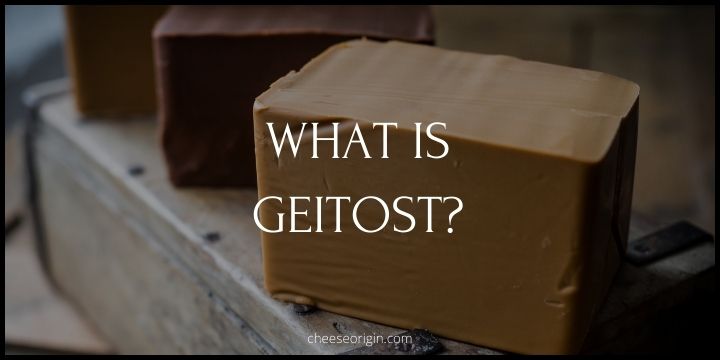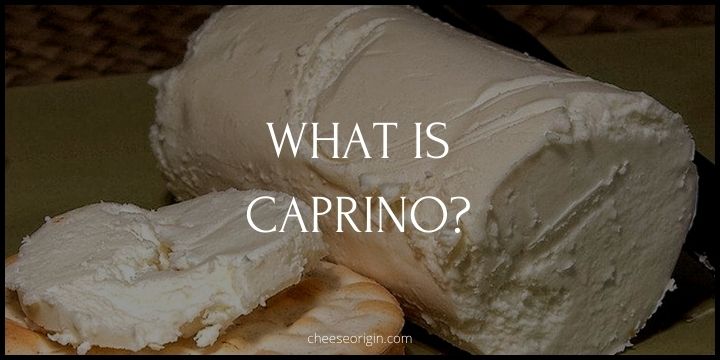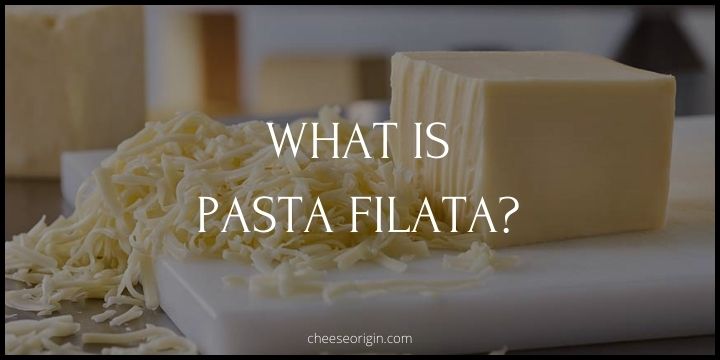What is Brusselse Kaas? Belgium’s Unique Cheese

Today, we’re embarking on a culinary journey to the heart of Belgium to explore a truly unique cheese – Brusselse Kaas. This gem of Belgian cuisine, often overlooked by mainstream cheese lovers, is an experience unto itself. From its rich history to its distinctive taste and texture, Brusselse Kaas is a testament to Belgium’s deep-rooted love for cheese-making.
Quick Facts About Brusselse Kaas
| Quick Facts | Details |
|---|---|
| Origin | Brussels, Belgium |
| Type | Semi-hard |
| Milk Source | Cow’s milk |
| Texture | Smooth and compact |
| Flavor Profile | Mild, slightly tangy, and buttery |
| Aging Time | Around 2-3 months |
| Color | Pale yellow |
| Rind | Natural, often coated in wax |
| Pairings | Pairs well with light wines and fruits |
| Use in Cuisine | Ideal for sandwiches, salads, and melting |
| Nutritional Value | High in protein and calcium |
| Cultural Significance | Traditional cheese of Brussels |
| Availability | Widely available in Belgium, can also be found internationally |
| Shelf Life | Lasts up to a month when stored properly |
| Serving Temperature | Best served at room temperature |
What is Brusselse Kaas?
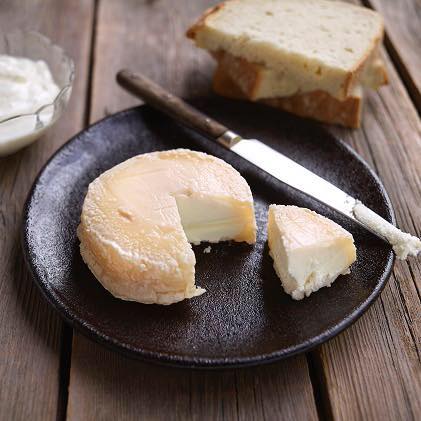
Brusselse Kaas, an exquisite gem from the heart of Belgium, is a traditional semi-hard cheese that has been delighting palates for centuries. Hailing from the bustling city of Brussels, this cheese stands as a testament to the rich culinary heritage of the region.
An epitome of simplicity and perfection, Brusselse Kaas is made from cow’s milk. Its texture is smooth and compact, making it a joy to slice and savor. The cheese carries a mild, slightly tangy flavor with a buttery finish that lingers on the taste buds, evoking the comforting warmth of Belgian hospitality.
Aged for around two to three months, Brusselse Kaas develops a natural rind, often coated in wax to preserve its freshness. The result? A pale yellow cheese that is as pleasing to the eye as it is to the palate. But the magic of Brusselse Kaas doesn’t stop at its aesthetics. It also shines bright in its versatility in the kitchen. From sandwiches to salads, and even melting over your favorite dish, its unique flavor profile brings a touch of Belgium to any meal.
Brusselse Kaas is more than just a cheese. It is a symbol of Brussels’ culture and tradition, a piece of the city’s soul crafted into a delightful delicacy. So, whether you’re a seasoned cheese connoisseur or a curious food adventurer, Brusselse Kaas offers a delicious journey through the art of Belgian cheese-making.
Brusselse Kaas Tasting Notes
- Appearance: Brusselse Kaas presents a pale yellow hue, with a natural, often wax-coated rind. The cheese is usually semi-hard, offering a smooth and compact texture that makes it easy to slice.
- Aroma: The cheese emits a mild and inviting aroma, reflective of the fresh cow’s milk from which it’s made. It’s not overpoweringly pungent, making it a perfect introduction for those new to cheese tasting.
- Flavor: Brusselse Kaas has a unique flavor profile, characterized by its mild, slightly tangy taste. There’s a subtle hint of butteriness that adds depth to its overall flavor. The complexity of its taste unfolds gradually, leaving a pleasant aftertaste.
- Texture: Its semi-hard consistency provides a satisfying mouthfeel. Despite its firmness, it’s not overly dense and offers a certain creaminess when eaten.
- Pairings: This Belgian cheese pairs exceptionally well with light wines, both white and red, enhancing their fruitiness. It’s also a great partner for fresh fruits like apples and pears, as well as crusty breads and crackers.
- Aftertaste: The finish of Brusselse Kaas is relatively smooth and lingers on the palate. The slight tanginess and buttery notes continue to resonate, making for an enjoyable and memorable tasting experience.
10 Best Brusselse Kaas Substitutes
| Substitute | Reason for Substitution |
|---|---|
| Gouda | Similar semi-hard texture, mild and slightly sweet flavor. Easy to find. |
| Edam | Similar texture and mildness, less tangy than Brusselse Kaas. |
| Munster | Semi-soft, has a strong flavor and aroma but can be a good substitute in dishes. |
| Fontina | It’s a semi-soft cheese with a mild and slightly nutty flavor. Good for melting. |
| Havarti | Creamy and buttery, it can replicate the mouthfeel of Brusselse Kaas. |
| Provolone | Semi-hard Italian cheese with a smooth texture and mild flavor. |
| Emmental | Swiss cheese with a similar texture and slightly sweet, nutty flavor. |
| Jarlsberg | Norwegian cheese with a similar texture and mild, sweet, nutty flavor. |
| Maasdam | Dutch cheese with a semi-hard texture and sweet, nutty flavor. |
| Monterey Jack | American cheese with a semi-hard texture and mild flavor. Good melting properties. |
What Pairs Well With Brusselse Kaas?
Food that goes well with Brusselse Kaas:
| Category | Food |
|---|---|
| Bread | Freshly baked baguettes, multi-grain bread, and rye bread. |
| Crackers | Whole wheat, rice, or water crackers. |
| Fruits | Apples, pears, grapes, and dried fruits like apricots and dates. |
| Meats | Smoked salmon, prosciutto, and other cured meats. |
| Nuts | Almonds, walnuts, and pecans. |
| Jams and Spreads | Fig jam, quince paste, and honey. |
| Vegetables | Pickled gherkins, olives, and sun-dried tomatoes. |
| Desserts | Dark chocolate, fruit tartlets, and Belgian waffles. |
Aso read: What Fruit Goes on a Charcuterie Board?
Beverage that goes well with Brusselse Kaas:
| Category | Beverage |
|---|---|
| White Wine | Chardonnay, Sauvignon Blanc, and Pinot Grigio. |
| Red Wine | Merlot, Pinot Noir, and Cabernet Sauvignon. |
| Beer | Belgian Blonde Ale, Pilsner, and Wheat Beer. |
| Cider | Dry apple cider or pear cider. |
| Non-Alcoholic | Sparkling water, apple juice, or grape juice. |
Also read: Best Wine and Cheese Pairings: The Ultimate Guide
Also read:
- Top 11 Most Popular Washed-rind Cheeses in the World
- What is Passendale Cheese? Belgium’s Loaf-Like Delight
- What is Dry Jack? America’s Original Artisan Cheese
- What is Queso Quesadilla? A Taste of Sinaloa
- What is Edam? A Journey into the Heart of Cheese
- What is Double Cream? The Luxurious Dairy Delight Explained
- What is Sour Cream? Exploring Its Impact on Our Plates and Palates
